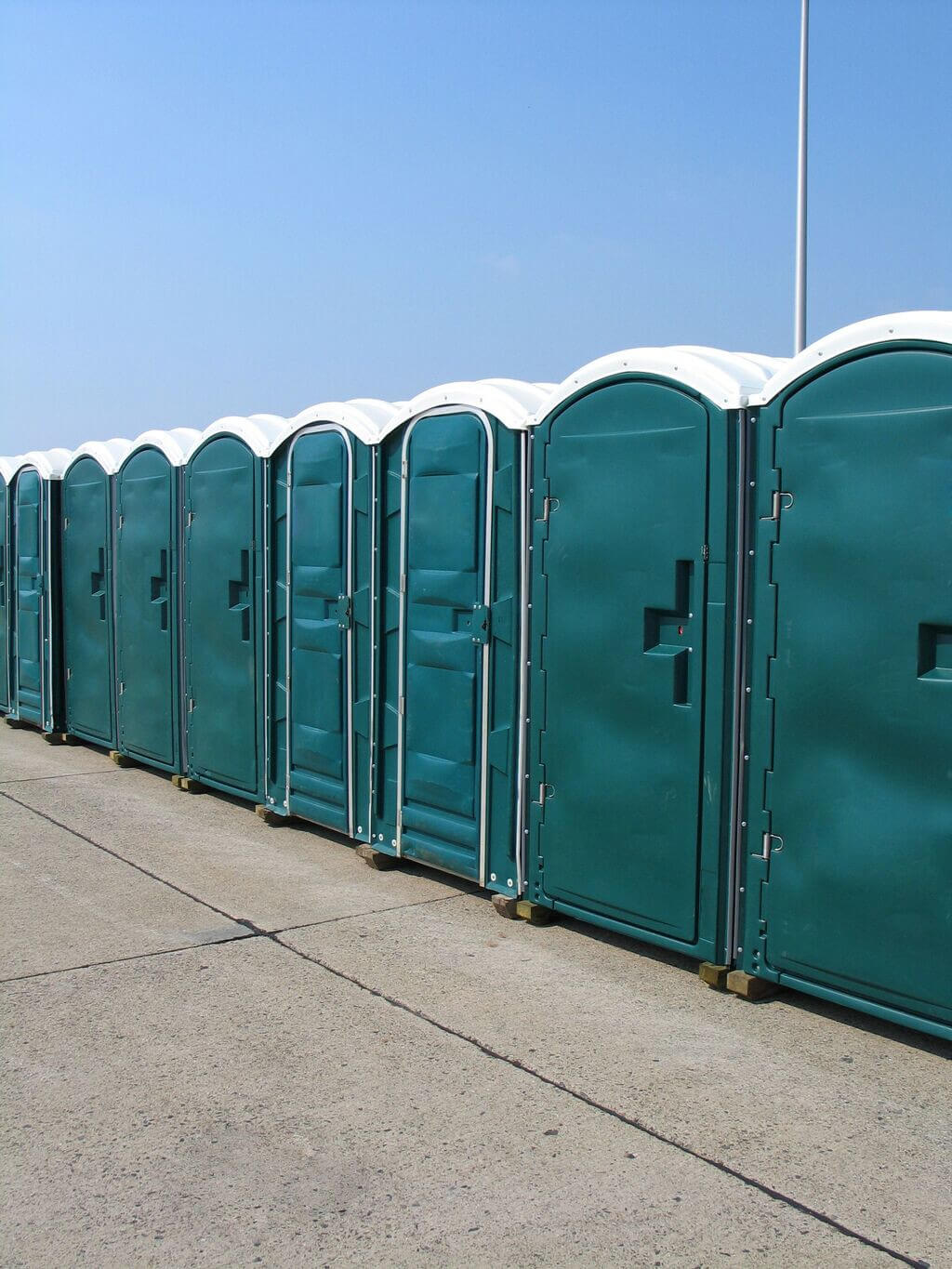Introduction
Porta potties, officially known as portable toilets, are ubiquitous at construction sites, festivals, and outdoor events. While they provide essential sanitation facilities for workers and attendees alike, there are specific guidelines on what should never be placed inside these units. Understanding what not to put in a porta potty can ensure the health and safety of users while maintaining hygiene standards. This comprehensive guide will cover the dos and don'ts of porta potty etiquette and usage, especially in work environments.
What Not to Put in a Porta Potty: A Handy Guide for Workers
When it comes to using porta potties, there's more than just personal hygiene at play. The contents of these portable toilets can impact their functionality and cleanliness. Here’s a detailed overview of items that are best left out of porta potties:
1. Non-Biodegradable Items
Why They Shouldn't Be Included?
Non-biodegradable items like plastic wrappers, bottles, or any form of packaging can clog the waste system of a porta potty. These materials do not break down like human waste does and can lead to overflows or malfunctioning units.
2. Food Waste
The Impact on Hygiene
Throwing leftovers or food scraps into a porta potty attracts pests and creates unpleasant odors. It also invites bacteria that could pose health risks for users.
3. Feminine Hygiene Products
Understanding the Risks
Sanitary napkins and tampons shouldn’t be flushed down any toilet, including porta potties. These products can cause blockages and require special disposal methods that aren’t available in a portable toilet.
4. Cigarette Butts
Why They’re Problematic
Cigarette butts don’t decompose easily and contribute to waste buildup within the toilet. Moreover, they pose a fire hazard if someone accidentally drops them inside.
5. Chemical Substances
Potential Hazards
Cleaning products or chemicals should never enter a porta potty as they may react with existing waste or chemicals used for sanitation inside the unit, potentially creating harmful fumes or waste management issues.
6. Personal Items
The Importance of Keeping Them Out
Items such as cell phones, wallets, or jewelry should stay out of porta potties to avoid loss or damage due to unsanitary conditions.
OSHA Regulations on Porta Potties
Understanding OSHA (Occupational Safety and Health Administration) rules regarding portable toilets is vital for maintaining workplace safety and sanitation standards.
7. What Are the OSHA Rules for Porta Potties?
OSHA mandates employers provide adequate toilet facilities based on worker numbers at construction sites. For example:
- 1-5 employees: 1 toilet 6-15 employees: 2 toilets 16-35 employees: 3 toilets For every additional 20 workers thereafter: add one more toilet
8. Construction Toilets: Terminology Explained
Construction toilets are commonly referred to as "porta potties" but can also be called "temporary toilets" or "site sanitation units." Understanding this terminology helps clarify communication on job sites concerning needed facilities.
Worker Needs vs. Facility Capacity
Proper planning includes determining how many toilets are required based on the workforce size.
9. How Many Toilet Seats Are Required for 80 Workers?
According to OSHA guidelines:
- At least two toilets would be needed for every 15 employees plus one additional toilet. Thus, with 80 workers, you'd need approximately 6 toilets available onsite.
Disadvantages of Using Porta Potties
While convenient, there are Huntsville Porta Potty Rental | LooSwift porta potty rental notable drawbacks associated with portable toilets:
10. What Are the Disadvantages of a Porta Potty?
Some disadvantages include:
- Limited space leading to discomfort. Odor issues if not regularly serviced. Potential maintenance problems causing unavailability.
These factors highlight why proper use is essential!
Health Regulations Surrounding Water Access
11. Is It an OSHA Violation to Work Without Running Water?
Yes! OSHA requires that employers provide adequate water facilities when necessary for hydration and hygiene purposes—especially important alongside restroom access.
Understanding Alternative Options for Toileting Needs
In some situations, portable options may not suit everyone’s needs:
12. What Can I Use Instead of a Porta Potty?
Alternative options include:
- Trailer restrooms connected to plumbing Temporary restroom trailers offering greater comfort
These alternatives cater better when larger numbers attend events requiring extensive facility setups!
Ensuring Sanitation in Portable Toilets
Maintaining cleanliness is crucial in avoiding health hazards:
13. How Sanitary Is a Porta Potty?
Porta potties undergo regular cleaning; however:
- Frequency depends on usage rates. Proper placement away from food sources enhances sanitary conditions!
FAQs About Porta Potties
Here are some common questions about porta potties:

14. Can You Sue a Company for Not Letting You Use the Bathroom?
Yes! Employers must provide reasonable access; denying restroom breaks may violate labor laws.
15. Is It Illegal to Not Let People Go to the Toilet?
Denying bathroom access is generally considered illegal unless specific circumstances exist (e.g., safety hazards).
16. How Many Toilets Do You Need for 100 Employees?
For around 100 employees working onsite:
- Minimum requirement is four toilets according to OSHA guidelines!
17. Can an Employer Lock You Out of a Bathroom?
Employers cannot restrict bathroom access without justified reasons; doing so could lead legal complications!
18. How Many Portable Toilets Are Needed for 2000 People?
For events with large crowds (like festivals), consider providing at least one toilet per every 50 people—thus needing about forty units!
19. What’s at the Bottom of a Porta Potty?
Typically consists of blue liquid (a deodorizer) mixed with waste; this helps minimize odors during use!
Conclusion
In conclusion, understanding what not to put in a porta potty is crucial for maintaining hygiene standards at work sites while ensuring compliance with OSHA regulations regarding employee welfare! By following these guidelines outlined here along with recognizing potential challenges posed by using these facilities regularly—you’ll foster both comfort & safety among all workers present!
Whether you're managing site sanitation needs directly or simply using them occasionally—keeping this handy guide close by ensures you’ll always know how best utilize these temporary solutions effectively!